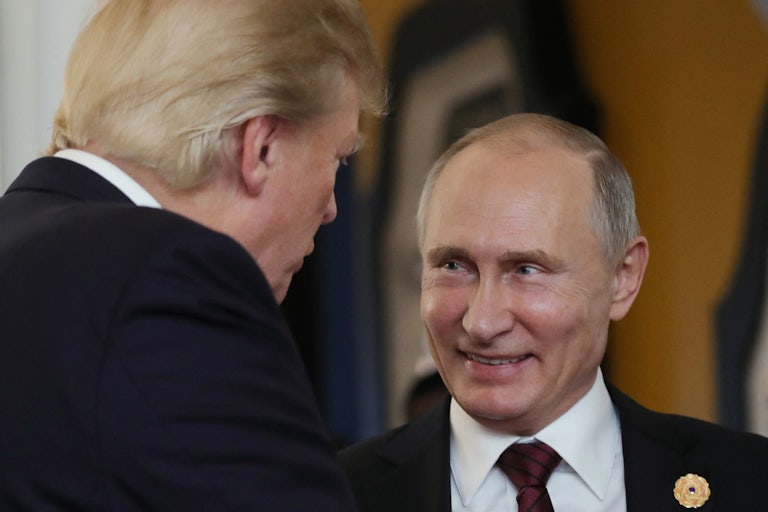Circuit breaker?
It's hard to get the penny out of the fuse box. Circuit breakers are overrated.
Circuit breaker?
Circuit breaker?
The Tsar Bomba was a Hydrogen bomb test conducted in the Russian Arctic, probably a little too close to Finland Sweden & Norway for their comfort. Approx. 54 Megatons.
The way it works is, the Plutonium heats up so fast that it generates enough heat to fuse the on-board Hydrogen.
That has to happen very quickly because it is all held together with metal, which melts in the 2600 to 3500 F range.
While the Plutonium & Uranium is heated up to 100 Million degrees C, 160 Million.
This fuses the Hydrogen and also causes a Storm of Neutrons, which is used to stimulate Fission in a wrapper of Depleted Uranium, U238.
https://en.wikipedia.org/wiki/Tsar_Bomba
At a time like that (nuclear winter), it's a very good idea to have a year's supply of Canned Food.
Trump has been on Putin's side in Ukraine's long struggle against Russian aggression
https://www.cnn.com/2022/03/06/politics/trump-putin-ukraine/index.html
LOL
CNN, when Russia passed a fake news law last Friday, CNN closed up shop.
Has been an abundance of decent outfits that have left Russia since this started.
LOL
CNN, when Russia passed a fake news law last Friday, CNN closed up shop.
Has been an abundance of decent outfits that have left Russia since this started.
Talking out your ass.
Talking out your ass.
Ignorance is self inflicted.
/https://tf-cmsv2-smithsonianmag-media.s3.amazonaws.com/filer_public/66/f4/66f4b130-b836-44c8-b1ca-a435a8f2a592/gettyimages-2636041.jpg)
/https://tf-cmsv2-smithsonianmag-media.s3.amazonaws.com/filer_public/71/22/7122bdbc-e276-4601-a1a2-c18b4129f834/gettyimages-464495524.jpg)
/https://tf-cmsv2-smithsonianmag-media.s3.amazonaws.com/filer_public/49/d7/49d7d86f-9a02-4b8f-aa9a-595c7282bd40/gettyimages-607389106.jpg)
